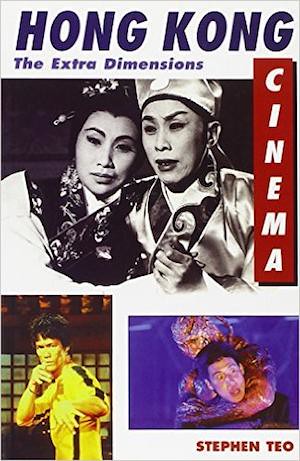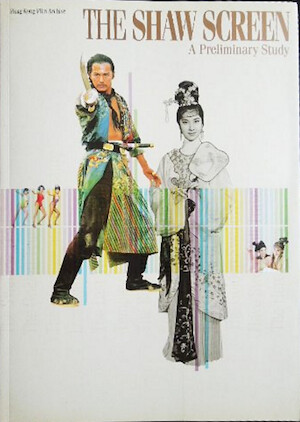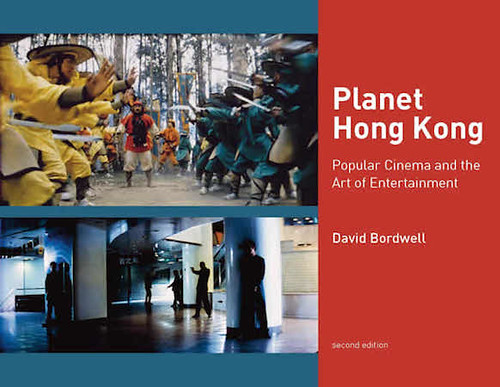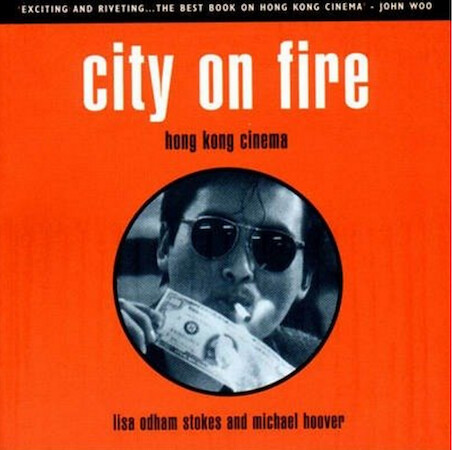Another leading male dating Weeping beehives:
way above his league: Linda Lin-Dai (L) and
Gwan Shan as Peng-Nan Kao Po-Shu as Meng-Li (R)
She disguises this gift through a check issued from the bank account of Peng-Nan’s friend Rui-Sheng, and when Peng-Nan discovers the likely terms of the business trip from which she has returned, he leaves her in disgust. Rui-Sheng dies in a plane crash, and Qin-Qin is diagnosed with terminal septicemia or blood poisoning, a fact that the now-contrite Peng-Nan and her ever-faithful friend Meng Li attempt to hide from her in the months leading up to her wedding to Peng-Nan, but their attempt is unsuccessful.
Love Without End exemplifies the twin themes of the wenyi-pian, doomed love and female loyalty and suffering. The film’s nightclub setting and central romantic conflict between a good-hearted woman willing to financially exploit her sexuality to support others and the callow and weak-willed masculine naïf bear a striking resemblance to those of rival studio Cathay’s huge hit of the previous year, Wild, Wild Rose (1960), directed by Wang Tian-Lin / Wong Tin-Lam and starring Cathay’s mega-star Ge Lan / Grace Chang.
MP&GI / Cathay, Late 1950s: Left to right,
Grace Chang, Linda Lin-Dai, Shin Chong, Doe Chin
By 1961, Lin was on the cover of Shaw Bros
Southern Screen magazine as their newest star
In fact, Love Without End appears near the end of a years-long expansion program in which Shaw Bros successfully replaced its high-volume, low-cost production strategy with one copied from Cathay of fewer films with high production values showcasing charismatic female stars. Love Without End signals Shaws’ appropriation from Cathay not only the wenyi genre but some of its signature creative personnel as well: The film was Doe’s fourth as director for Shaws and Lin’s third as female lead: The year before, Lin had performed opposite Chao Lei in Shaw’s hugely successful huangmei diao epic Kingdom and the Beauty, and Doe’s first directing assignment for Shaws was the wenyi drama Desire in 1959 starring – Linda Lin-Dai.
In addition to Lin in the role of Qin-Qin, Love Without End features Guan Shan as Peng-Nan, the next in a long line of earnest and uncharismatic male leads Guan had already played at Sun-Sun Enterprises before joining Shaw Bros to serve a similar place-holding function in several pre-wuxia genres. The supporting players in Love Without End demonstrate that the studio’s repertory of character actors was reaching the critical mass needed to produce a full roster of movies in a range of genres where lightning-quick character sketches based on a performer’s previous roles enabled filmmakers to tell a story with maximum efficiency and impact: In the role of Meng-Yi, Kao Po-Shu played confidante to the female lead as she would in many musicals, comedies, and historical pictures for Shaw Bros throughout the sixties, and Lok Kei / Lo Chi’s Rui-shing was the male equivalent on Meng-Yi in musicals and comedies until the Color Action Century rendered such male roles obsolete. And Cheung Kwok-Chiu as the slimy, scar-faced jewel smuggler Wang Dong-Hai and Li Wan-Chung as Qin-Qin’s pianist uncle Ching-Seng would become two of the studio’s most recognizable villains in dozens of thrillers, wuxia-pian, musicals, and crime films.
A nice guy, for once. The rodent-like jewel smuggler
Li Wan-Chung as Wang Dong-Hai
Uncle Ching-Seng (Cheung Kwok-Chiu)
By 1961, Shaws’ period musical films in the huangmei diao (“Yellow Plum Opera”) genre were lensed in resplendent Eastmancolor to showcase their sets and costumes, but Love Without End was shot in widescreen “ShawScope” and glacial black and white. Both the movie’s ultramodern mid-century interiors and high-voltage melodrama replicated elements of many of Cathay’s most successful wenyi-pian, and black-and-white cinematography was part of a set of genre conventions Doe Chin brought from Cathay to his new employers on the other side of Victoria Harbor. The widescreen frame is frequently used to situate Qin-Qin in the domestic utopian space of her deluxe flat and the upscale nightclub while dividing the frame with cage or prison-like parallel vertical lines, a compositional strategy also used for similar claustrophobic effect in American melodramas of the same period such as Douglas Sirk’s All That Heaven Allows (1955) and Imitation of Life (1960).
The caged bird sings Rui-Sheng and Qin-Qin
discuss her secret gift
Trapped in the hospital bed Qin-Qin overhears that she is dying
Qin-Qin prepares for her last
night out with Peng-Nan
These caged-in views of Qin-Qin are contrasted with more expansive views of the former girl from the provinces in natural settings such as the forest and the seaside.
The title theme and central musical number performed onstage by Qin-Qin also weaves together the themes of nature and the city, modernity and tradition, and permanence and loss. “The Vine Entangles the Tree” combines the traditional Chinese chord progressions and melodic lines characteristic of Cantonese opera with early-1960s Afro-Caribbean lounge instrumentation. The lyrics tell the story of a vine on the southern side of a mountain which remains entwined with the trunk and branches of a tree throughout and even after the life cycle of the tree itself and presages the love that Qin-Qin and Peng-Nan will have for each other which will outlive the brief years of the doomed wenyi heroine:
“Together day after day, night after night
Together dawn after dawn, dusk after dusk
The vine entangles the tree
Whether the tree lives or dies
Together through rain and storm
Together through life and death
The vine entangles the tree.”
This imagery carries over into the film’s visual design and the blocking of action: While Peng-Nan is trying to postpone Qin-Qin’s awareness of her disease, the couple enjoy a brief idyll fishing, playing golf, and walking in the woods. Both the trees themselves and the couple’s embrace evoke the image of entanglement.
Peng-Nan spreads a picnic blanket Peng-Nan and Qin-Qin
under two intertwined trees intertwined in the forest
Similarly, the first time Qin-Qin and Peng-Nan spend the night together, their lovemaking is elided by a dissolve from a newly-lit twisted-design candle to its melted remains the next morning. After Qin-Qin has found out about her terminal condition, the couple toasts on what Peng-Nan does not realize will be their last evening of courtship before Qin-Qin leaves for her seaside cabin to wait for death to come, and the entwined candle is once again at the center of the composition.
Lin’s star burned bright at Shaws for another five years before her tragic
suicide in 1967. She continued to star
in huangmei-diao, backstage musicals,
historical dramas, thrillers, and wenyi-pian. Of these, the youth musicals Les Belles (1961) and Love Parade (1963), the two-part epic
historical wenyi The Blue and the Black (Parts 1 and 2,
1966), and the horror thriller The Mirror
(1967), were all directed by Doe Ching.
Their artistic collaborations formed a lynchpin in Run-Run Shaw’s successful
efforts to modernize the studio and create what became the most successful
Mandarin-language filmmaking company of the 1960s and are worthy of much closer
study by critics, fans, and historians.
Hong Kong cinema has inspired dozens of excellent books written by fans, journalists, and academics. The following books have been particularly helpful for me as I have taught courses on Hong Kong movies and happily made my way through over one hundred of Celestial Pictures' dazzling DVD restorations of many Shaw Bros classics. Note: The Shaw Screen, like many of the other books once published by the Hong Kong Urban Council in affiliation with the Hong Kong International Film Festival, is out of print and is subject to ferocious demand by fans, scholars, and collectors.
Coming soon: An essay on Polydor's 4-CD box set of The Velvet Underground: The Complete Matrix TapesHong Kong cinema has inspired dozens of excellent books written by fans, journalists, and academics. The following books have been particularly helpful for me as I have taught courses on Hong Kong movies and happily made my way through over one hundred of Celestial Pictures' dazzling DVD restorations of many Shaw Bros classics. Note: The Shaw Screen, like many of the other books once published by the Hong Kong Urban Council in affiliation with the Hong Kong International Film Festival, is out of print and is subject to ferocious demand by fans, scholars, and collectors.























